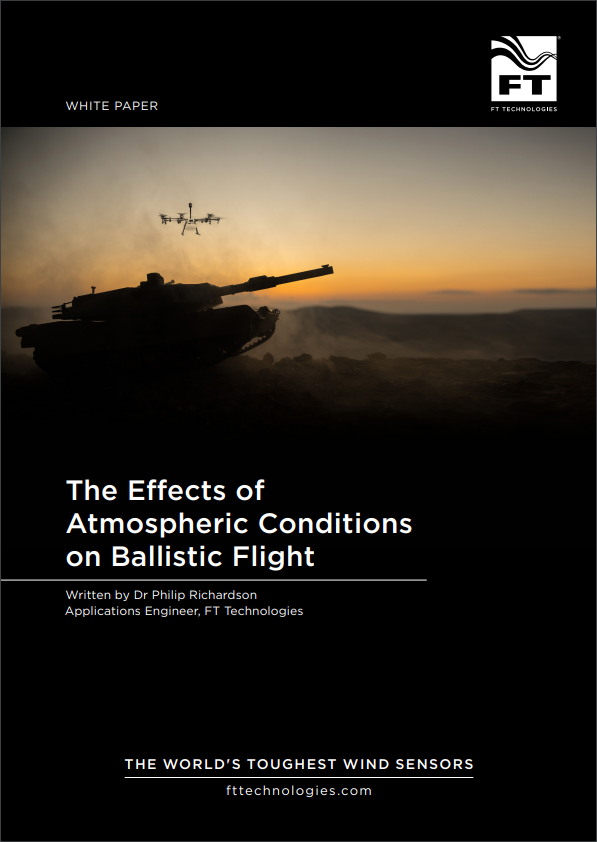Ice, Wind And Lightning: How Mount Washington’s Weather Watchers Survive
The Northeast’s tallest peak is an unforgiving environment for people and gadgets.
Tom Padham didn’t see the softball-size ice chunk before it hit him at 100 miles an hour.
Bad enough that it left his back battered and sore. Adding insult to injury, it made him drop the 3-foot-tall bucket used to gather precipitation — which took off in the wind, fog and blowing snow like a hard-sided wind sock. He had to chase that bucket the length of a football field, around outcroppings of rock and hunkered-down structures on the summit of New Hampshire’s Mount Washington.
It’s a risk you take when you’re a weather observer at an outpost with some of the worst weather on the planet, where winter conditions can strike almost any time of the year. (The ice chunk incident happened in April.) A puffy parka offered some padding, but not enough.














